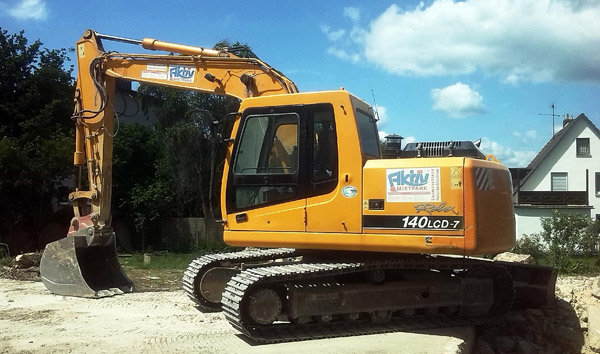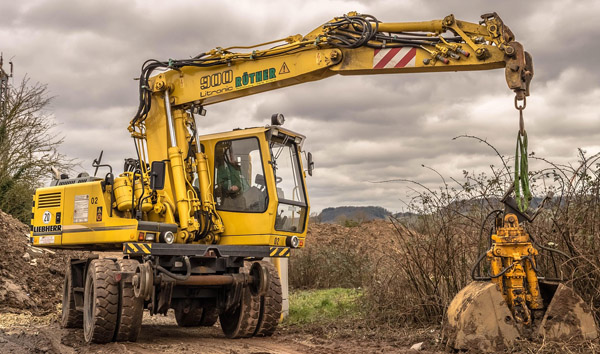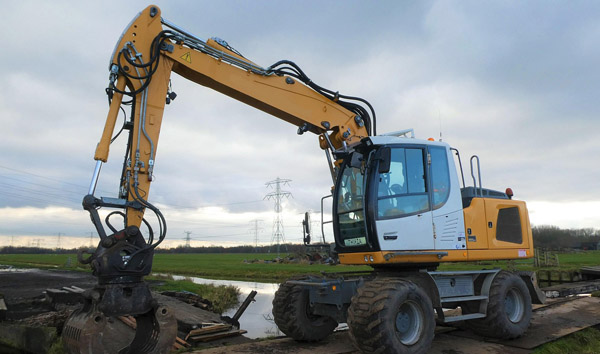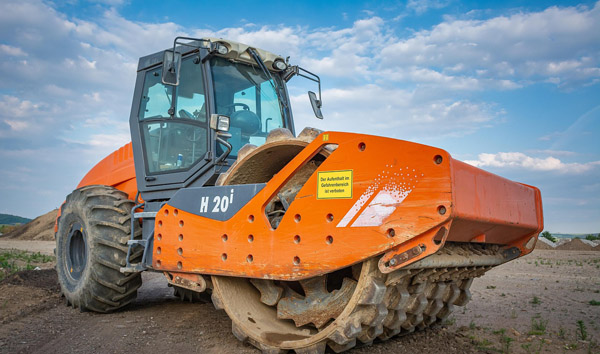The Impact of Ground Clearance on Off-Road Telescopic Forklift Performance
2025-08-02 03:35:28
Ground clearance is a defining factor in the performance of off-road telescopic forklifts, influencing stability, maneuverability, and load-handling capabilities. Industry data indicates that models with higher ground clearance (typically 300mm to 450mm) exhibit a 25% reduction in undercarriage damage when operating on uneven surfaces. This is particularly crucial in construction and agricultural sectors, where rough terrain is common.
The relationship between ground clearance and load capacity is inversely proportional in off-road telescopic forklifts. A study by the International Forklift Association (2023) found that increasing ground clearance beyond 400mm can reduce maximum lift capacity by up to 15%. Manufacturers must strike a balance, optimizing ground clearance without compromising lifting efficiency. Advanced suspension systems and reinforced axles are now being integrated to mitigate this trade-off.
Off-road telescopic forklifts with adjustable ground clearance systems are gaining traction in the market. These systems allow operators to modify clearance by 50-100mm based on terrain requirements, improving fuel efficiency by 8-12% (Construction Equipment Journal, 2023). Such innovations are particularly beneficial in mining and forestry applications, where ground conditions vary drastically.
Safety regulations in Europe and North America mandate minimum ground clearance standards for off-road telescopic forklifts. The EN 1459 standard, for instance, requires a minimum of 250mm to prevent undercarriage contact with obstacles. Non-compliance can lead to a 30% higher risk of rollover incidents, as reported by OSHA in 2022.
Future advancements in off-road telescopic forklift design are expected to focus on dynamic ground clearance adjustment using AI and sensor technology. Pilot programs by leading manufacturers have shown a 20% improvement in terrain adaptability. As demand for versatile material handling grows, optimizing ground clearance will remain a priority for engineers and operators alike.














